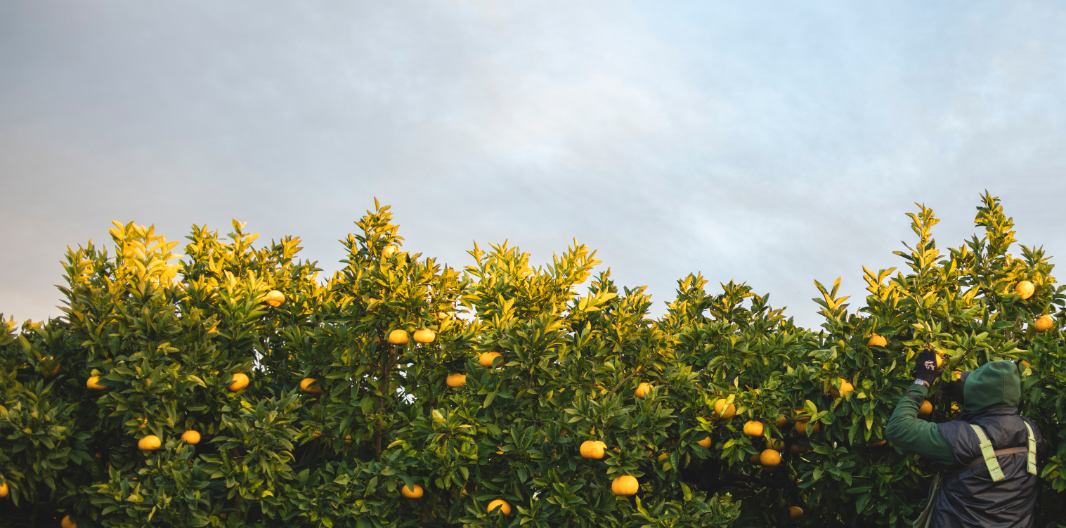New technology focused on crop protection is utilising artificial intelligence (AI) to enable early and more accurate pest and disease detection and decision-making support.
Agritech was among the topics in focus at EvokeAg, a two-day conference held in Brisbane recently, following on from the Brisbane Biologicals Summit. A Lighter Touch (ALT) Programme Manager Sarah Sorensen attended both events, as did one of ALT’s industry stakeholders Dr Sally Anderson, Research and Technical Manager at Market Access Solutionz and Research Manager for Summerfruit New Zealand and Citrus New Zealand. ALT research partners Plant & Food Research and AgResearch also attended.
EvokeAg provided ALT an opportunity to understand what was happening internationally in the agtech space for crop protection as well as identify opportunities where current technologies could be developed from their original purpose into potential crop protection tools for growers.
The reliance on AI in new technology aimed at improving crop protection outcomes was something both Sarah and Sally noted as a key takeaway from the event.

Dr Sally Anderson
“New tech with a crop protection focus was mainly about monitoring pest and disease pressure. It was leaning quite heavily on AI to enable early and accurate detection and to support decision-making,” Sally says.
“Essentially it is aiming to use technology to have a crop scout operating on a 24-hour, seven day a week basis.”
Sarah says the utilisation of AI will necessitate careful management of data accuracy to ensure tech solutions are able to deliver. “The number of systems in the market is growing, so the challenge for those looking to utilise this new tech will be validating and selecting the most effective solution.”
The theme of EvokeAg was Common Ground, and Plant & Food Research Business Manager Miriam Hall says it provided an opportunity to discuss shared global challenges, including regulatory hurdles, agrichemical resistance, and research and development costs and timelines of new technologies, including biologicals.
“Internationally we are seeing the large ag companies shift to sourcing new technologies from smaller discovery companies, academic and government institutions, this is an exciting opportunity for New Zealand as we have a strong track record for innovation and are an ideal testing ground for new technologies with diverse climates and the opportunity for counter seasonal trials” Miriam says.

Miriam Hall
Next generation biological controls were another key piece of the crop protection puzzle under discussion. Success factors for uptake of biologicals by growers included efficacy, consistency and integration into existing crop protection programmes, Sarah says.
However, barriers to adoption often stem from user error, emphasising the need for better communication and education to growers to support adoption.
“There’s a lot of work needed in the tech transfer and extension space with growers to change the mindset of growers to an integrated crop protection approach,” Sally says.
Miriam agreed, saying the sector has yet to realise the value from next generation technologies, including biologicals and precision agriculture/horticulture tools, and a large part of that would be achieved through grower adoption.
“It’s also important to recognise some technologies are going to have longer development pipelines, and the reason for that is to ensure they are effective for growers. The technology will just take a bit longer to work through.”
